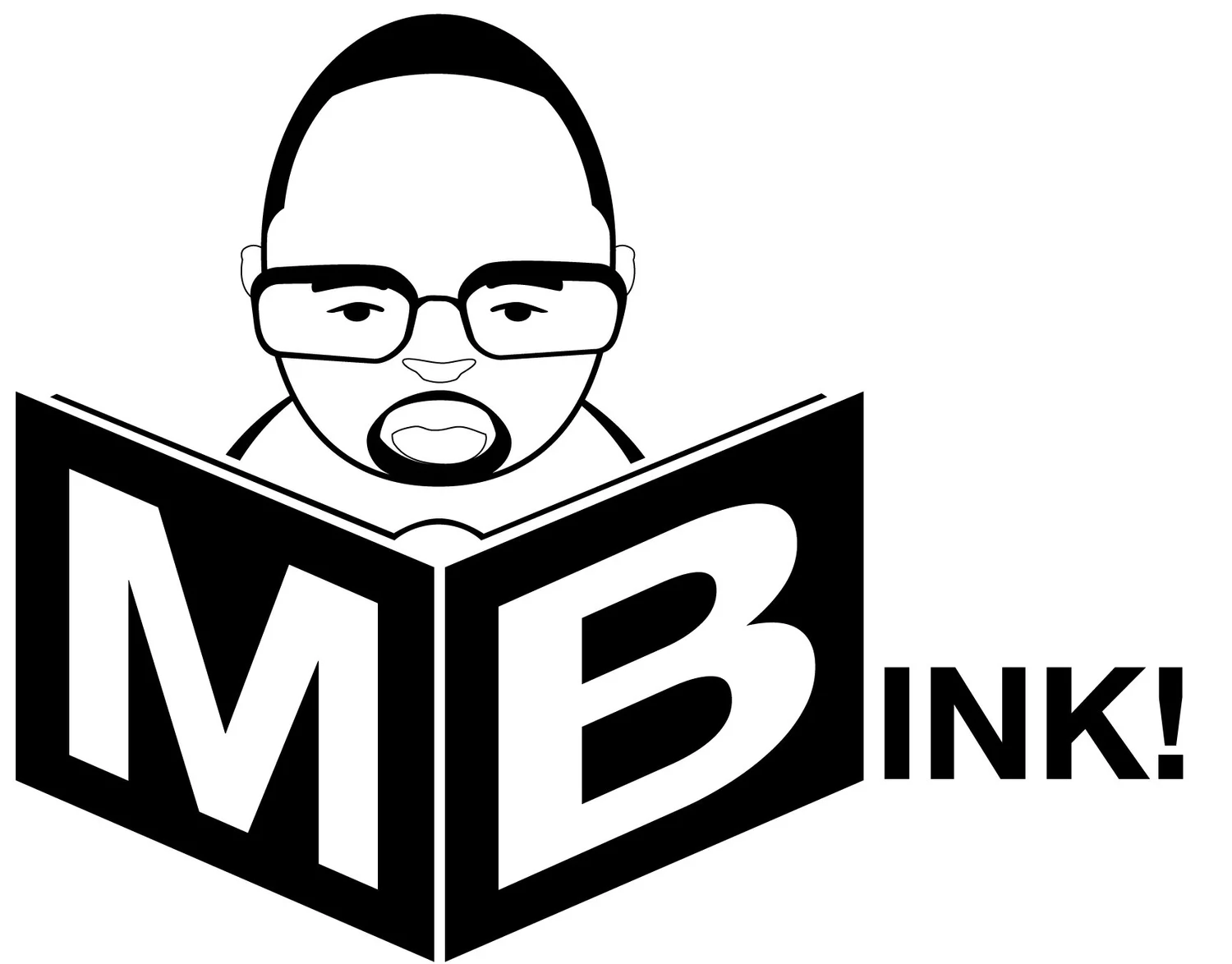On editors and expectations
Perhaps the biggest problem faced by editors is the lack of understanding of exactly what it is that we do.
That lack of understanding can lead to problems. For example, far too many aspiring authors think that just because a friend knows how to proofread their manuscript, that they are editing it, as well. Spoiler Alert: Proofreading IS a form of editing, but it is NOT the same thing as Copy Editing, Structural Editing, or Developmental Editing. Each form is a step above the previous level. But many writers want to pay editors the same amount of money for structural or developmental editing as they do for proofreading, despite that fact that those forms of editing are much more involved, far more time-consuming, and a great deal more work.
Here's a simple breakdown of how it all works (NOTE: We editors tend to share common definitions of what we do, but how we do it tends to vary.):
BETA READING is, typically, an unpaid test reading of an unreleased work. The Beta Reader's job is to provide feedback to the author from the point-of-view of the "average"reader. (As it happens, I thoroughly support the use of Beta Readers. However, the author should never forget that just because someone is a skilled Beta Reader, that does not mean that they are a skilled editor.)
PROOFREADING involves reading a client's work while checking it for typographical errors, as well as issues concerning spelling, capitalization, grammar, and punctuation. (Some editors, myself included, also look for and fix errors in sentence structure and paragraph structure.) This is the simplest form of editing and, depending on the work, rarely takes all that long.
COPY EDITING incorporates proofreading, but also involves checking for and correcting errors in sentence structure, paragraph structure, readability, continuity of facts (such as names, places, etc.), and perhaps performing some background research. Some feedback regarding the content itself is also normal.
STRUCTURAL EDITING is what I often refer to as a "deep dive" into a project, for we've entered deeper waters. For me, this step begins with proofreading and copy editing, and then continues with potential reorganization of the work's structure; identifying and eliminating repetitive content, technobabble or ranting; suggesting the order of events in chapters or paragraphs; making suggestions on adding new content; examining the "realness" of characters; assessing how believable the story line and plots are; and examining the pace of the writing, as well as the flow of the text itself. (Some editors refer to this step as "substantive editing."
DEVELOPMENTAL EDITING, which incorporates many of the actions noted under Structural Editing, is best done prior to or during the writing process -- and sometimes before an outline has been crafted (We'll discuss the usefulness, or the lack thereof, of outlines another time.). I look at this step, which is best done as a long-term process, as a collaboration with the writer, examining their ideas for viability. For example, I've been known to say, "I like your concepts, but your characters don't feel all that 'real' to me yet. Let's work on making them real in your own head, so it comes out that way in your book." Likewise, I've told reporters that their project concept looks good, but they might want to flesh out certain areas or conduct more research before conducting interviews. In short, I'm working with the writer to develop the work -- typically a newspaper or magazine article, a script for a play or comic book, or a manuscript -- pretty much from inception through the actual writing.
So, yes, editing is a lot more complex than people tend to think. And, just to make things even more complicated, not all writers are created equal. While some writers' works are ready for publication almost immediately, most writers need more help, which is where editors come in. I've edited works from the same author that varied wildly, with one book needing only proofreading and copy editing, and another requiring extensive structural editing. Naturally, I charged more for the more complex work.
For writers, knowing what an editor does is key to working with one. That said, editors should always be willing to explain exactly what it is that they plan to do, as well as provide an account of what they're doing.
After all, clear communication between writer and editors, as with everything else in life, is a key component of success.
